The galleries and museums worth travelling for in 2022
The world’s museums and galleries are back within reach. Here, we select our favourite, must-see pieces.
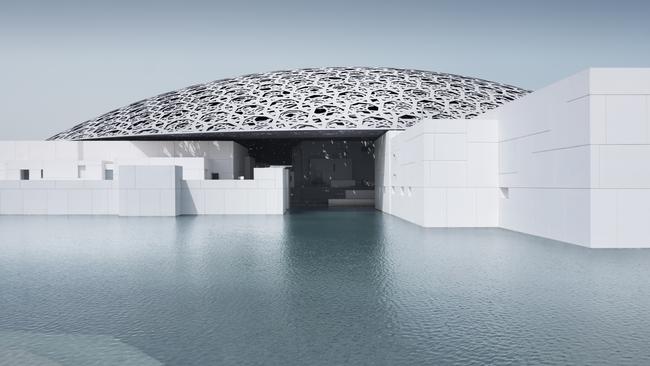
As international borders open up and quarantine restrictions ease, the world’s great museums and art galleries are finally coming back within reach. And what a strong lineup there is to see: 2022 has a host of world-class exhibitions and new venues worth travelling for, from Chicago’s ground-breaking Cezanne retrospective and Oslo’s soon-to-launch National Museum to Bendigo’s highly-anticipated headliner, Elvis: Direct from Graceland.
Here, we select our favourite hot spots and must-see artworks to guide your next trip.
Tokyo National Museum
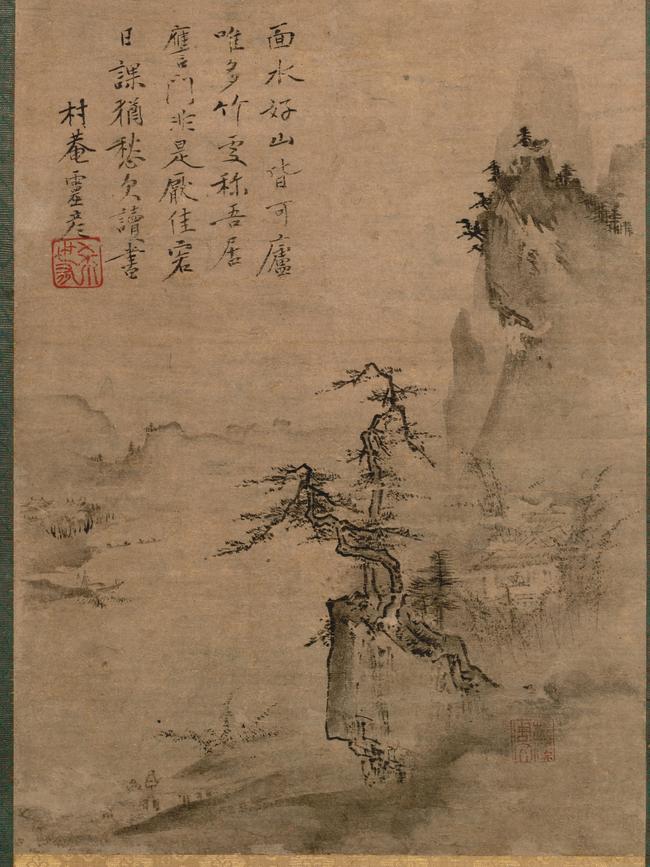
SEE: Reading in a Bamboo Grove, attributed to Tensho Shubun (c 1446)
The modesty of this piece, widely believed to be by Shubun, a Kyoto temple monk who’d studied art in Korea, belies its significant backstory in the evolution of Japanese calligraphic art. Described as a “poetry-painting scroll”, the hanging includes verse and its composition shows outcrops of a mist-swirled precipitous mountain, bamboo grove, and a faintly realised figure reading in a secluded hut. Despite its relatively narrow verticality, the scroll captures a vast sense of space and perspective, and is considered one of the greatest examples of the Chinese-influenced ink-and-brush art of the Muromachi era (1333-1578), a period that embraced the rise of Zen Buddhism. The work is a designated National Treasure and not always on display; also look for Shubun’s Landscapes in Four Seasons at this landmark museum in Ueno Park. — Susan Kurosawa
STAY: Aman Tokyo.
Musee d’Orsay, Paris
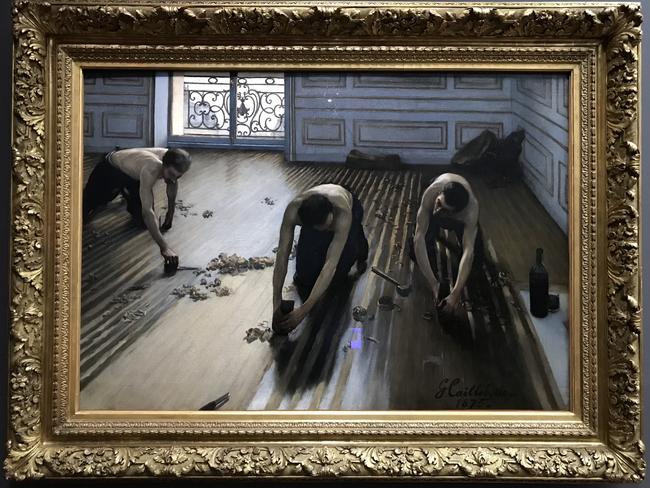
SEE: The Floor Scrapers by Gustave Caillebotte (1875)
There are so many reasons to savour a few hours in this cavernous gallery, housed in a former train station on the Left Bank. Monet, Van Gogh, Renoir and Degas are among a rollcall of Impressionist greats, but it’s this painting that captivates on my second visit. Three shirtless men are stripping the floorboards in a fancy Paris apartment, the light streaming in from the balcony to highlight their muscular arms and backs and the curls of varnish. A bottle of wine and a glass, essential for getting through a day’s labour, stand on a table nearby. Caillebotte submitted the work for the 1875 Paris Salon but it was resoundingly rejected for its realism and “vulgar subject matter”. Not only were these men not farmers or peasants, considered more acceptable topics, but their torsos were bare. Quelle horreur. — Penny Hunter
STAY: Hotel Lutetia.
Art Institute of Chicago

SEE: A Sunday Afternoon on the Island of La Grande Jatte by Georges Seurat (1884-86)
Move close to neo-impressionist Georges Seurat’s painting to appreciate why it’s called his masterpiece. His application of coloured-dot brushstrokes to form an image was derided as “pointillism”, a term that soon lost its sneer. This is a large work (207cm x 308cm) and depicts Parisians lolling and promenading on the banks of the Seine, among them a fashionable couple with a monkey on a leash, a woman fishing and a girl in white. But the visitors who cluster around the work in Chicago each day include a dollop of devotees of another masterpiece. Seurat’s work was the inspiration for musical theatre composer Stephen Sondheim’s Sunday in the Park with George, which won a 1985 Pulitzer Prize. The show brings to life Seurat’s characters who assemble in a tableau of the painting to close Act One. — Graham Erbacher
STAY: Palmer House.
The Huntington, California

The Blue Boy by Thomas Gainsborough (1770)
SEE: Outside Los Angeles, The Huntington is famous for its gardens and as the home of The Blue Boy, once the world’s most expensive painting and today one of the most recognisable. US railway baron Henry Huntington paid an unprecedented $US728,000 for the work in 1921, making the canvas an instant celebrity. In London, crowds gathered to view the dapper lad before he crossed the Atlantic; Cole Porter composed a farewell ditty, Blue Boy Blues, to show cowboys “just how boys in England used to be dressed”. First shown at London’s Royal Academy in 1770 and originally titled Portrait of a Young Gentleman, the painting captures the youth’s swagger but it’s the shimmering blue satin suit that most remember, and recent restoration has revealed its true lustre. The portrait is said to be influenced by Gainsborough’s hero Anthony van Dyck. And Porter would be pleased to know the lad is home in London for a wee while (at the National Gallery until May 3). — Christine McCabe
STAY: The Langham Huntington, Pasadena.
Scottish National Gallery, Edinburgh
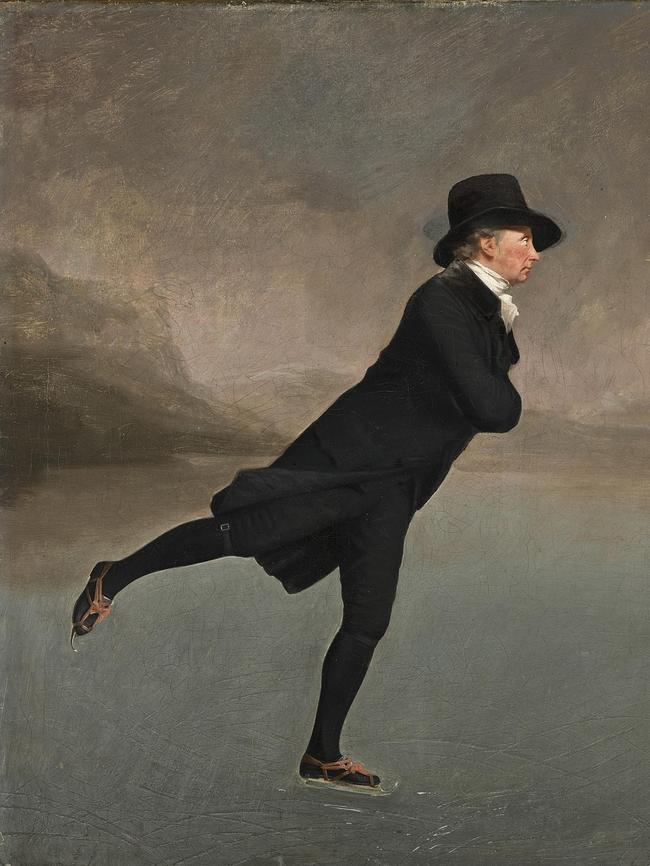
SEE: The Skating Minister by Sir Henry Raeburn (c 1795)
The insouciance of Reverend Robert Walker gliding across the frozen Duddingston Loch in Edinburgh is in contrast to the backstory and disputed provenance of this beloved Scottish painting. Action en plein air was a departure for Raeburn, Scotland’s first great portraitist, and even as late as 2005 a gallery curator suggested it might have been by French artist Henri-Pierre Danloux, a notion still not completely dispelled. However, the intricate details such as the pink skate ribbons, are a trademark of Raeburn, a former apprentice jeweller. Walker was minister at Canongate Kirk, and he learned skating, then relatively unknown in Scotland, as a child in The Netherlands. The arms folded across the chest is the “travelling position”, a rather advanced manoeuvre but one well within Walker’s abilities because, as a member of the exclusive Edinburgh Skating Society, he wouldn’t have been admitted without passing the entry “exam” of jumping over three top hats on the ice. — Jeremy Bourke
STAY: The Balmoral.
Museo Nacional del Prado, Madrid
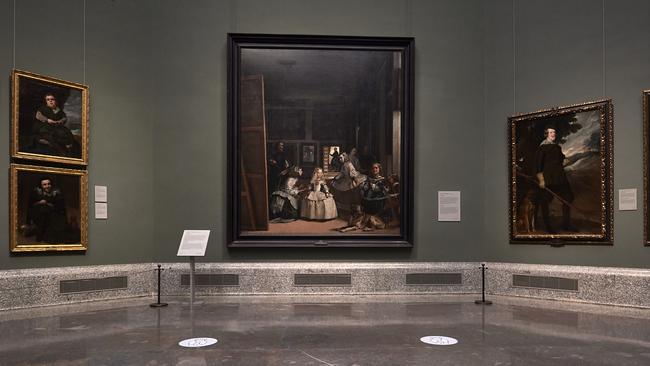
SEE: Las Meninas by Diego Velazquez (1656)
Is this the greatest work of art ever painted? Some art critics say so and I’m firmly in that camp. The most documented and discussed artwork in the world is a complex painting of the ladies in waiting to the Infanta at the court of King Philip IV. It has so many layers of illusion, symbolism and double imagery that its meaning is opaque. Each figure, represented with extraordinary realism before the advent of the camera, exists in their own world. The provocative inclusion of the artist himself blurs the line between spectator and subject, making it unsettling and endlessly fascinating. What is happening in this picture? I haven’t solved the puzzle. Most paintings I scan but this one draws me into it for hours. Like many works in the Prado, Las Meninas was evacuated to Geneva during the bombing phase of the Spanish Civil War. We are lucky to have it. — Lee Tulloch
STAY: Mandarin Oriental Ritz
Rijksmuseum, Amsterdam
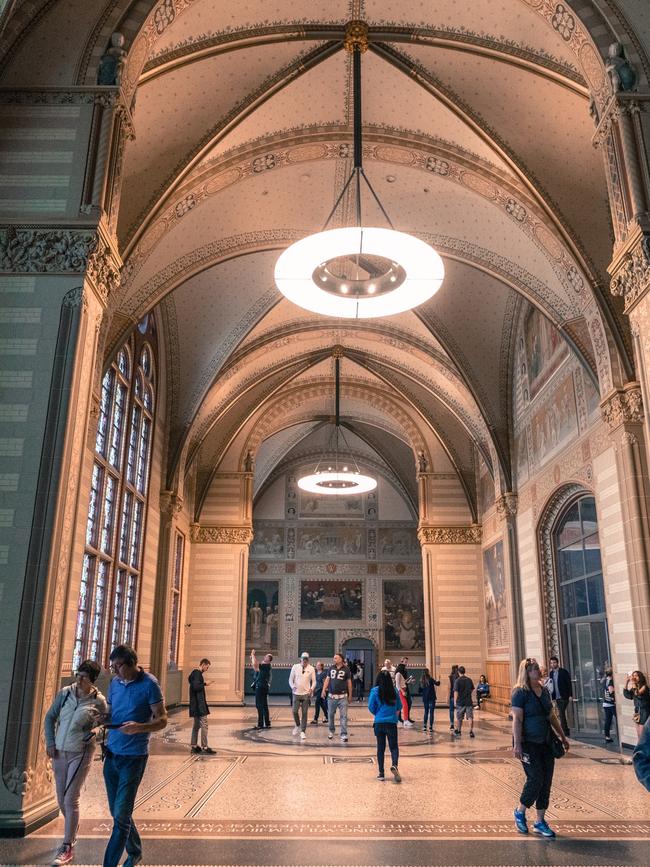
SEE: The Night Watch by Rembrandt (1642)
Amsterdam’s 17th-century golden age of creativity is alluring for art lovers. The Renaissance-Gothic maximalism of Amsterdam’s Rijksmuseum showcases exquisitely insightful portraiture; the merchants who created unprecedented wealth now live on in vast tableaux by masters Vermeer, Steen and Hals. Even from afar, in a gallery built especially for it, Rembrandt’s The Night Watchman is astonishing. The captain and his lieutenant radiate in the foreground, luminous in inky depths that hint at a thrum of activity – the running boy, glimpsed faces. This colossal work is a window into an ethereal world where light dances in paint. The artist’s very brushstrokes are visible, connecting us to that first moment of creation. The dandy opulence of silk sashes, velvet jodhpurs and shining military breastplates explode into multi-dimensional life. Despite the exoticism of the scene to the modern eye, Rembrandt’s mastery of light and metaphor conjures vivid, expressive beings whose humanity shines through. The artist’s genius stares right back at us. — Cleo Glyde
STAY: The Dylan
Neue Galerie, New York
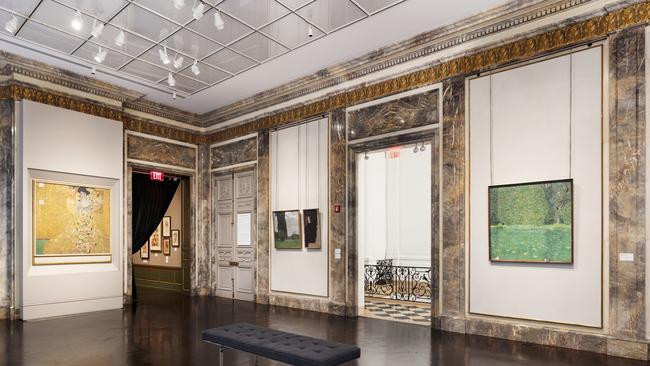
SEE: Portrait of Adele Bloch-Bauer I by Gustav Klimt (1907)
The dazzling portrait of the wife of a wealthy Jewish industrialist is a masterpiece of Klimt’s “golden phase”. The luminous gold leaf evokes religious iconography, while the motifs on her dress are suggestive of femininity, erotica and perhaps hint at the artist’s rumoured intimacy with the subject. The story of how it came to Manhattan’s Upper East Side is as captivating as the painting. Nazis had seized it and other treasures from the Bloch-Bauer home in Vienna. From 1998 to 2006, Maria Altmann, Adele’s niece, fought the Austrian government for the return of five Klimt paintings, a landmark case for the restitution of artwork stolen during World War II. The David-and-Goliath battle was depicted in the 2015 film Woman in Gold, starring Helen Mirren as Altmann. Cosmetics heir and Neue Galerie New York co-founder Ronald Lauder purchased it in 2006 for US$135m, then a record price for a painting. — Cindy Fan
STAY: The Mark Hotel
Musee Marmottan, Paris
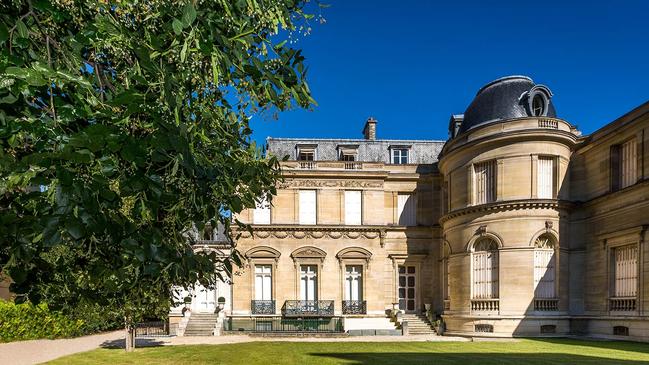
SEE: Le Cerisier by Berthe Morisot (1891)
Musee Marmottan, famed for its collection of more than 300 works by Claude Monet, also holds the largest assembly of Berthe Morisot’s oeuvre, including sketches and pastels. The first of the (few) female French Impressionists, she was married to fellow artist Eugene Manet, the more famous Edouard’s brother, and Le Cerisier (the cherry picker) is a shimmering, evocative example of the canvases she painted in a landscape setting. Fans, like me, value the everyday subjects of her work, frequently depicting daughter Julie. This domesticity of many Morisot compositions is not just relatable but comforting, providing a window into the lives of a particular era. But Le Cerisier, in which two young women in gauzy summer dresses are gathering cherries, also brings the French countryside into the picture. The Impressionist trademarks of clear light and visible brushstrokes inform the work, which is displayed in a salon-style chamber diagonally across from perhaps her most famous piece, Little Girl in a Blue Dress (1886) The museum, converted from a hunting lodge, is in the 16th arrondissement and, despite its extraordinary cargo of art, is less visited than Paris’s landmark galleries and museums. I choose to believe that Berthe would have liked it that way. Note: The National Gallery of Victoria recently acquired La Broderie (1889), the first Berthe Morisot in an Australian public collection. — Susan Kurosawa
STAY: Le Cinq Codet
The Wallace Collection, London
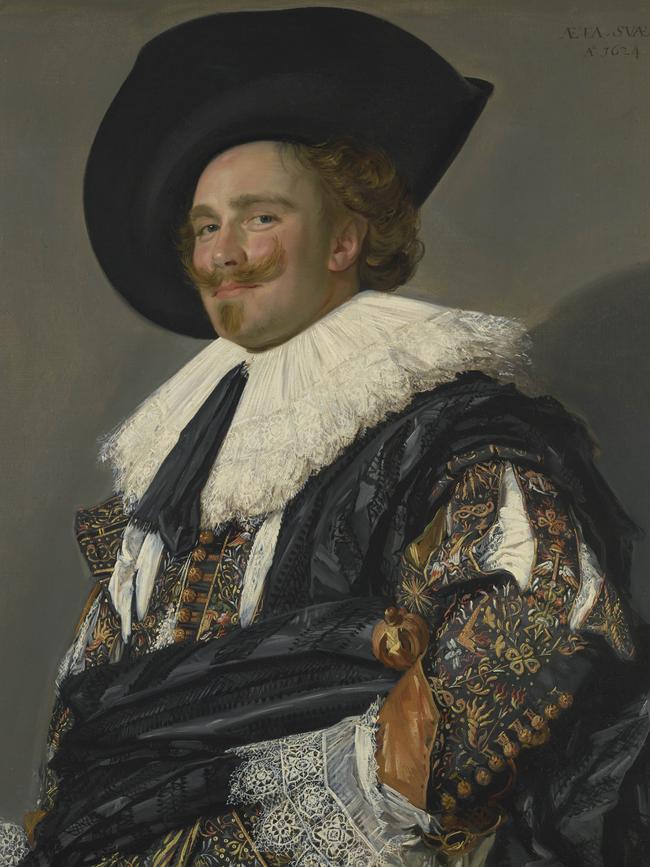
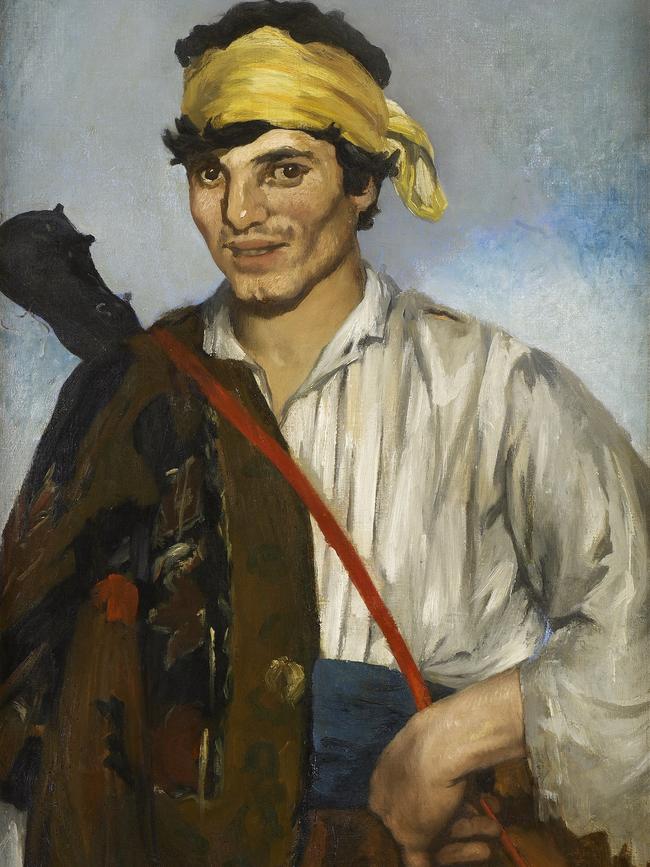
SEE: The Laughing Cavalier by Frans Hals (1624)
If the subject’s name in this vivid painting were known, it might sit within London’s vast National Portrait Gallery catalogue. Instead, it intrigues visitors to the boutique Wallace Collection in Marylebone, after one of its founders, the 4th Marquess of Hertford, triumphed in a bidding war with Baron de Rothschild in Paris in 1865, thus reviving its Dutch creator’s renown. It is inscribed with just the date and the sitter’s age (26), and motifs of love on the doublet indicate that it might be a betrothal portrait, and may be of someone engaged in commerce. When shown at the Royal Academy exhibition in 1888 it gained its famous title, although he’s no cavalier (a supporter of Charles I in the English Civil War) nor is he laughing. Hals would imbue his subjects with vitality and self-confidence, and so it’s more of a smirk, perhaps because the artist and subject still have the art world guessing. — Jeremy Bourke
STAY: The Langham, London
National Palace, Mexico City

SEE: The History of Mexico by Diego Rivera (1929-1935)
Despite its name and World Heritage stature, Mexico’s National Palace is not a particularly imposing building. It flanks the Zocalo, a timeless square home to the national cathedral and the ruins of a 14th-century Mexica temple, so the palace can’t really compete in terms of aesthetics or age. Its real charm lies within. The courtyard stairwell is adorned with dazzlingly elaborate panels by Rivera, Mexico’s most famous muralist. Look closely to find his partner Frida Kahlo’s beatific portrait in the South Wall mural. The work depicts Mexican life pre-Columbus, when the thriving Aztec capital Tenochtitlan was the greatest metropolis in the Americas, through the Spanish conquest, the wars with France and the United States, the battle for independence and a Marxist vision of a future Mexico. At its core it’s a nation’s history seen through Indigenous eyes, with the peasants’ struggle central to almost every scene. — Kendall Hill
STAY: Circulo Mexicano
The Louvre, Abu Dhabi
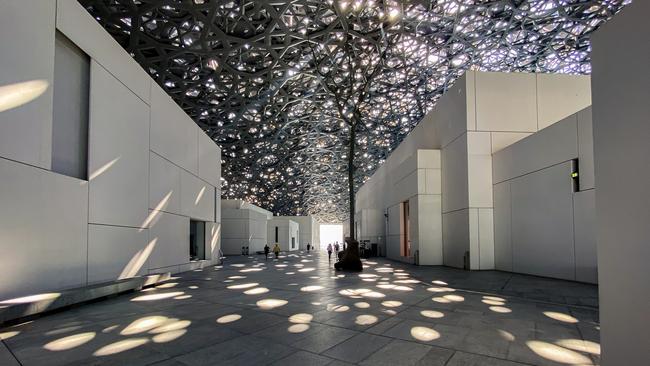
SEE: The Bohemian by Edouard Manet (1861-1862)
It’s the curious smile that draws in viewers, then the beguiling eyes, like a young man who might not look too out of place fronting a band in a bar today. Manet’s work began as a larger composition called The Gypsies but, apparently due to a lukewarm reception, he later cut it into three separate works, including The Bohemian (cut 1867) and the more sedate Still life with Bag and Garlic. They hang side-by-side in the Louvre Abu Dhabi; indeed, these fragments were among the first acquisitions upon the museum’s 2017 opening and bring the viewer into a direct relationship with the subject, a thoroughly modern approach in reframing traditional narrative scenes. Eyes to artist, hand on hip, The Bohemian looks confident, almost cocky. It’s a work worth returning to when wandering the glorious Jean Nouvel-designed complex, with metallic-silver canopy and contemplative water features. — Andrea Black
STAY: St. Regis Saadiyat Island Resort
Mark your calendar
Save the dates for these major exhibitions across the world in 2022
VENICE: Biennale, April 23-November 27. With work by noise artist Marco Fusinato in the Australian Pavilion.
FLORENCE: Donatello: The Renaissance, Palazzo Strozzi and Musei del Bargello, until July 31. Juxtaposes the sculptor’s work with that of fellow masters, including Raphael and Michelangelo.
BASEL: Georgia O’Keeffe, Fondation Beyeler, until May 22. Significant works by the American great across six decades.
PARIS: Gaudi, Musee d’Orsay, April 12-July 17. Revel in the twists and turns of the Catalan master’s architecture and designs. Les Choses, Louvre, October 13-January 23, 2023. The sweep of Still Life from antiquity to today.
OSLO: When Norway’s new National Museum launches on June 11 it will be the largest Nordic cultural centre. Think Edvard Munch and The Scream; opening exhibition, I Call It Art.
LONDON: Beatrix Potter: Drawn to Nature, V&A, until January 8, 2023. Explores the animals and places that inspired the writer-scientist-conservationist’s beloved characters.
Raphael, National Gallery, April 9-July 31. Covers the span of the master’s creativity, including painting, architecture and poetry.
The World of Stonehenge, British Museum, until July 17. Revealing the secrets of the marvel of Salisbury Plain.
Surrealism Beyond Borders, Tate Modern, until August 29. A dream exhibition of puzzling pieces from 45 countries.
EDINBURGH: Barbara Hepworth: Art and Life, Scottish National Gallery of Modern Art, April 9-October 2. The largest exhibition of works by the British artist, best remembered for her modern sculptures, since her death in 1975.
CHICAGO: Cezanne, Art Institute, May 15-September 5. Billed as a ground-breaking retrospective with 90 oils and 40 watercolours and drawings by the French post-impressionist.
NEW YORK: Winslow Homer: Crosscurrents, The Met, April 11-July 31. Overview of the American realist’s work. (Also at London’s National Gallery from September 10.)
Henri Matisse: The Red Studio, MoMA, May 1-September 10. Reunites the artworks in Matisse’s 1911 painting of his workspace; (Also at Copenhagen’s National Gallery from October 13.)
SINGAPORE: Nothing is Forever: Rethinking Sculpture, National Gallery, July 28-February 5, 2023. Changes in Singaporean sculpture from the 19th century onwards.
SYDNEY: Rivus, 23rd Biennale, until June 13. Wonderful discoveries along the city’s waterways.
MELBOURNE: The Picasso Century, NGV, June 10-October 9. Winter Masterpieces exhibition features 70 works by Pablo and 100 by 50 of his contemporaries.
BENDIGO: Elvis: Direct from Graceland, Bendigo Art Gallery, until July 17. The King lives.
GRAHAM ERBACHER
